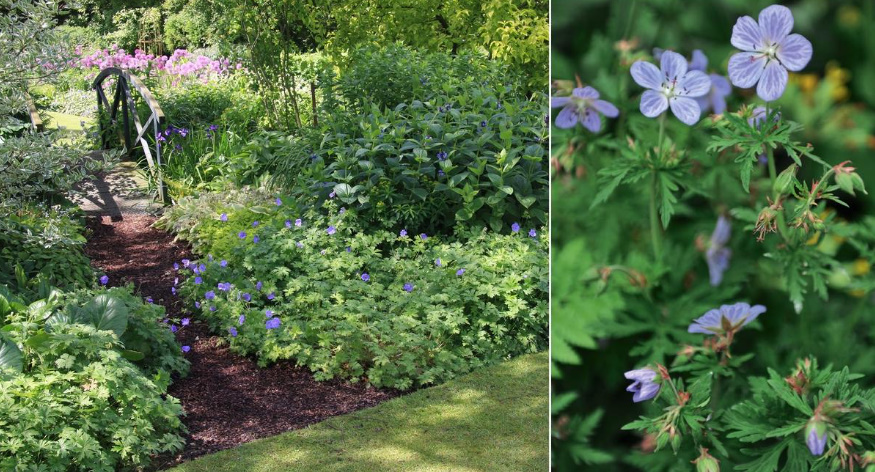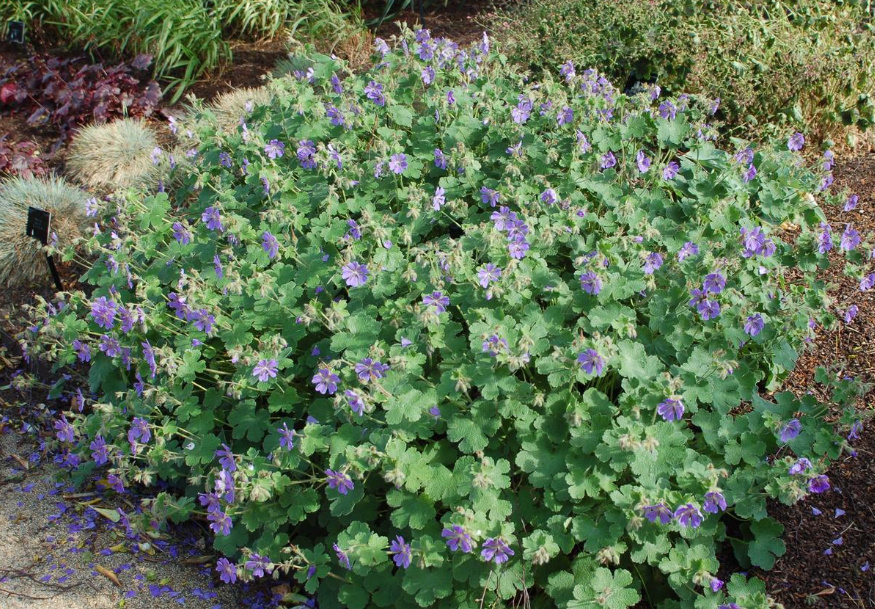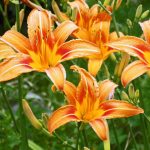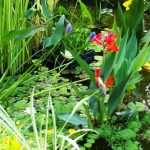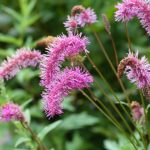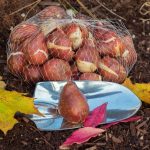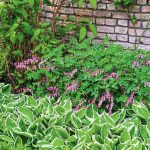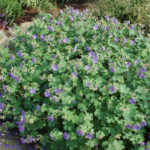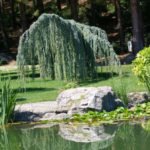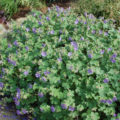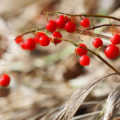Geranium has many faces: hundreds of species and thousands of varieties give a gardener with imagination a rich choice in almost any situation.
1. Green carpet
The Grand Prix in the nomination of groundcover plants will undoubtedly go to the geranium of large-root. It feels great both in the sun and in the shade (only it blooms worse), on wet and dry soils. Moreover, it will grow even in the dry shade under maples, which not every plant is capable of. In addition, it is evergreen, which means that you can admire the vegetable carpet immediately after the snow melts. Thanks to underground shoots and easily rooting stems, this geranium quickly spreads.
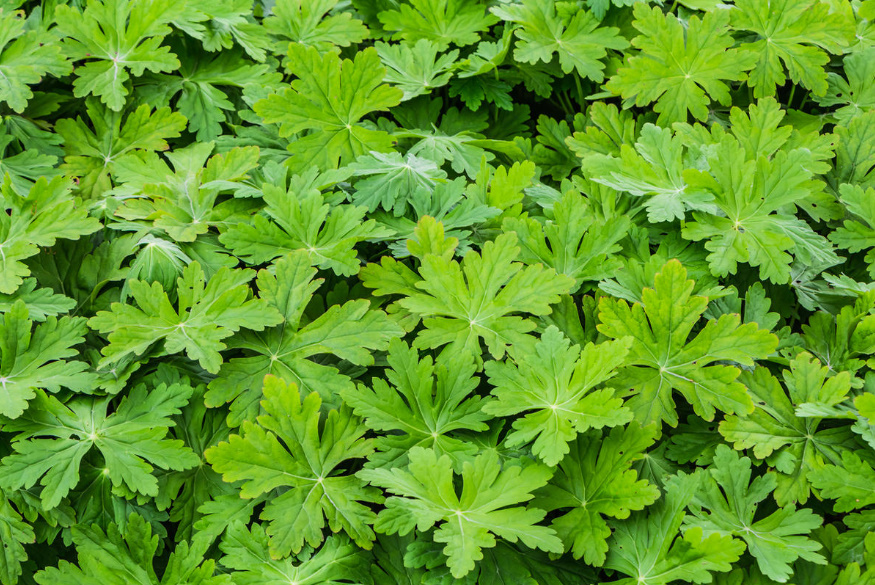
Another groundcover favorite for sunny flower beds is Geranium × hybridum ‘Rozanne’. Its shoots reach up to 1 m in length. They creep, so the height of the plant does not exceed 45-50 cm. This geranium looks great in arrays. Possible variants: evergreen Cambridge and Dalmatian geraniums and Geranium clarkei, Geranium endressii, Geranium himalayense, Geranium ‘Johnson’s Blue’, Geranium maculatum, Geranium × magnificum, Geranium oxonianum, Geranium sanguineum, Geranium wallichianum dying for the winter.
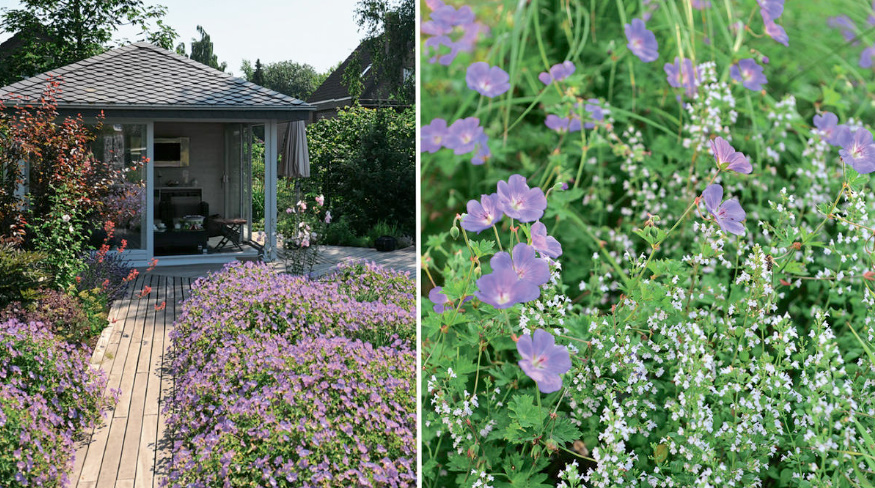
2. Record holder of flowering
Geranium ‘Rozanne’ immediately attracts the eye with large (up to 5 cm in diameter) purple-blue flowers with a white center. It blooms early and blooms very abundantly and without interruptions until frost. In a successful fine season with early spring and late autumn, it can bloom from the end of May to October. At the same time, the geranium ‘Rozanne’ is suitable for different roles: both for the foreground of the English mixborder, and for lining shrubs, and as a flower garden decoration in a natural style.
3. Geraniums and roses
They are made for each other! These are classic ideal partners. Before the geraniums bloom, the bushes are buried in beautiful foliage, and then in numerous small flowers that harmonize in color and contrast in size with large rose flowers. The lining of geraniums of stem roses also looks spectacular. In the David C.H. Austin Demonstration Garden in England, roses grow among geraniums: Geranium pratense ‘Mrs Kendall Clark’, Geranium × magnificum, Geranium renardii, Geranium clarkei ‘Kashmir White’, ‘Philippe Vapelle’.
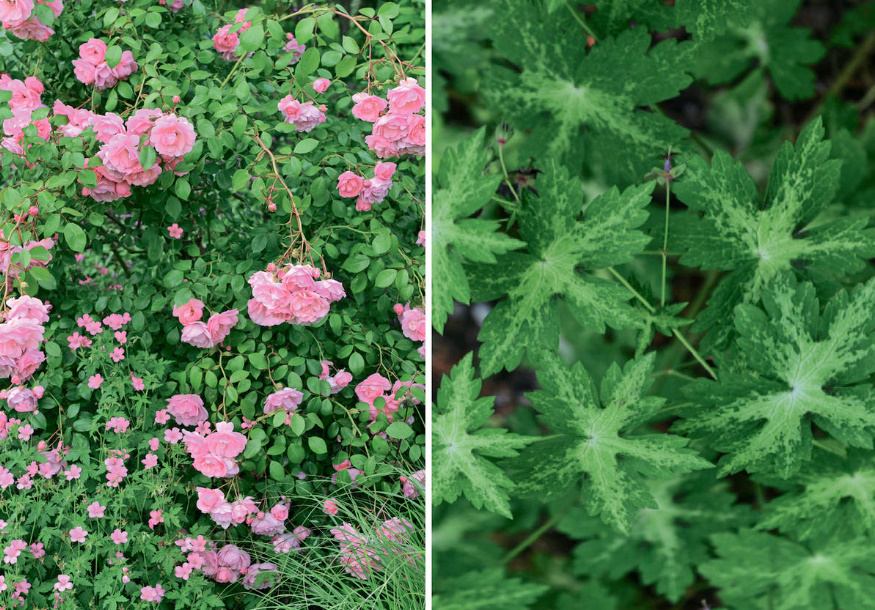
4. Painted leaves
Some geraniums attract the eye not even by flowering, but by foliage with intricate patterns, and they ask for decorative deciduous flower beds. Geranium phaeum has the most of such cultivars. The simplest pattern is in the variety ‘Variegatum’: white and cream smears on the field of the leaf.
‘Margaret Wilson’ has yellow veins, and the leaves of ‘Conny Broe’ are green when they are dissolved and towards the end of summer, but most of the season are dotted with a fine yellow mesh. The center of the geranium leaf ‘Lisa’ is highlighted with cream streaks, and the ‘Samobor’ leaf, on the contrary, is darkened by a wide reddish-black pattern. In ‘Taff’s Jester’, the leaves are stained yellow — sometimes entirely, sometimes only half.
Geranium thunbergii ‘Jester’s Jacket’ surprises with bright foliage with strokes and strokes of white, cream and pink.
5. Coloring the spring…
At the end of April – beginning of May, not only primroses can please with bright colors. There are varieties of geraniums whose foliage is very bright when blooming, and then it turns green. This effect will not be superfluous at all in the spring garden. Thus, Geranium phaeum ‘Golden Spring’ and geranium ‘Ann Folkard’ have bright yellow young foliage. And the leaves of Geranium wlassovianum in spring are painted in beautiful gray-purple tones.
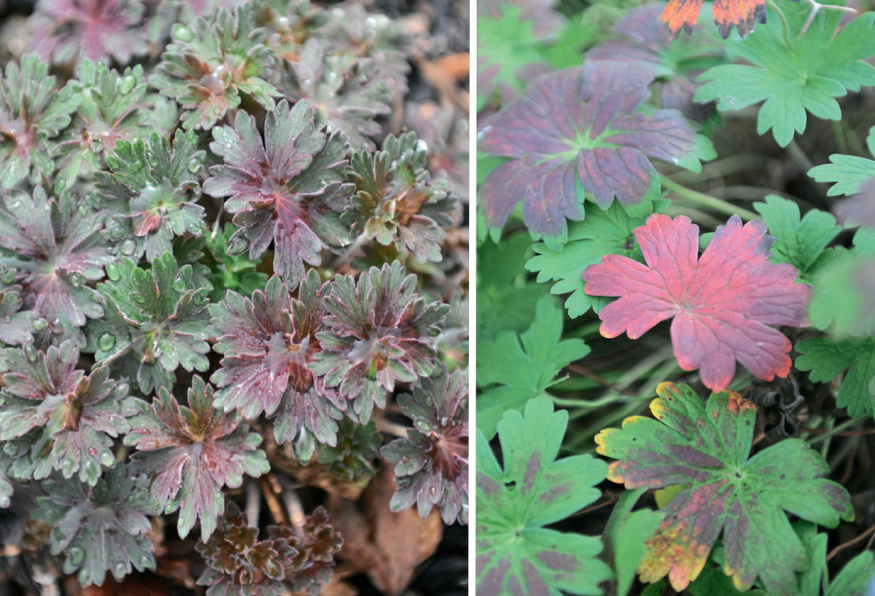
6… and autumn!
The same Geranium wlassovianum will surprise you once again in autumn, when its leaves will turn scarlet, wine-red and purple tones. A carpet made of Geranium macrorrhizum will also become bright red with yellow strokes.. However, the leaves of many other geraniums also turn warm in autumn.
7. 50 shades of brown
The brown palette is rare and unusual in a summer garden. There are a number of geraniums that will decorate flower beds with an emphasis on dark decorative foliage with shades of coffee with milk and chocolate. These are varieties of Geranium maculatum ‘Elizabeth Ann’ and ‘Espresso’, as well as Geranium × hybridum ‘Orkney Cherry’.
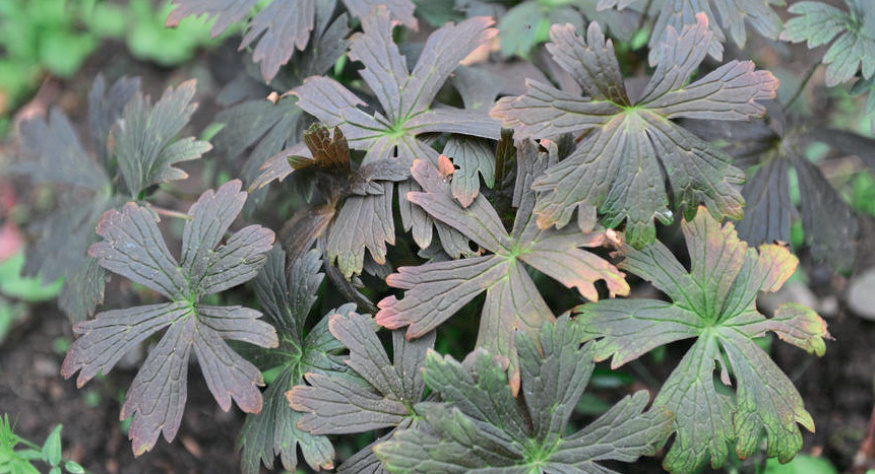
Geranium pratense varieties will delight with burgundy-beet leaf tones: ‘Black Beauty’, ‘Focus Pocus’, ‘Midnight Reiter’, ‘Ocean Dokey’, ‘Purple Heron’, ‘Victor Reiter’.
8. The June outbreak
In the meadow flower beds of the “new wave”, emphasis is usually placed on long-lasting structural plants and perennials that provide a bright and long-lasting color spot. Geranium psilostemon, like all geraniums, looks rather loose, and after fading and untidy. It blooms spectacularly, but not for long. Nevertheless, she has an important role in meadow flower beds.
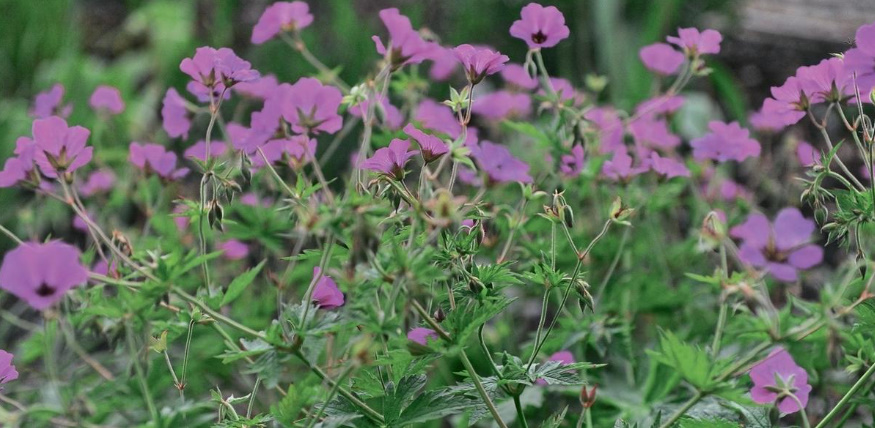
Her magenta flowers flare up in early summer in different parts of the flower garden, gathering it into a single whole and giving it a memorable personality. At this time, nothing can compare with it in brightness. And after it blooms, it is covered by tall structural perennials that have gained growth.
9. In the array of cereals
The eye rests on cereals. An idyllic picture that you can look at forever is a wheat field with red and blue spots of poppy and cornflower. Some designers have noticed this fact and are using it. Thus, the Belgian landscape architect Chris Giselen created an array of Deschampsia with rare inclusions of Knautia macedonica and Geranium wallichianum ‘Buxton’s Variety’. Only three plants, and what an effect!
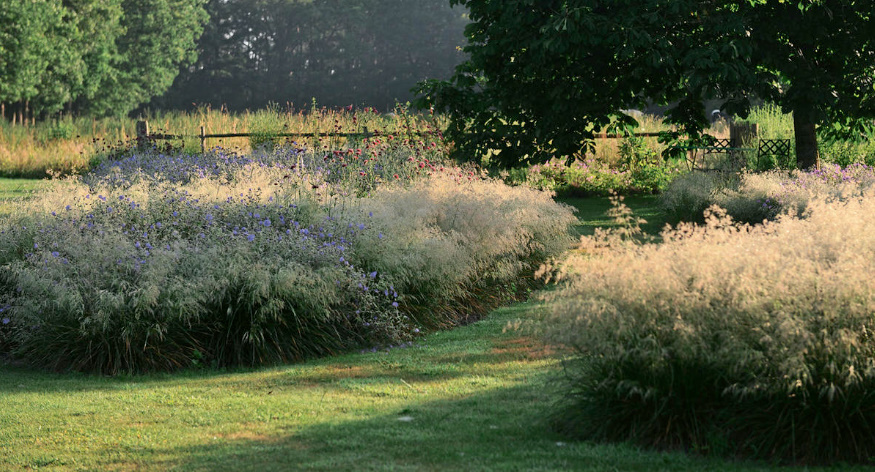
10. Shadow flower beds
In the scattered shade under the trees, in the semi-shaded flower beds there is a place for geraniums. Similar conditions will be imposed by Geranium nodosum, Geranium phaeum, G. Geranium macrorrhizum, Geranium pyrenaicum, Geranium rectum, Geranium sylvaticum, Geranium versicolor.
